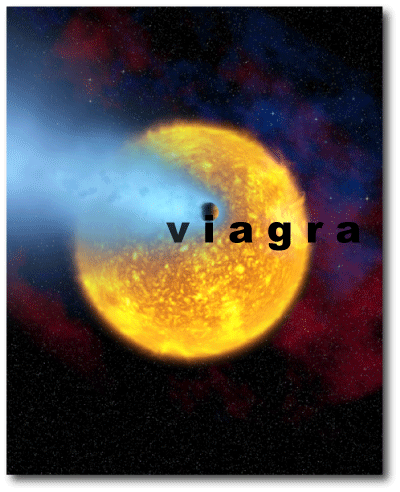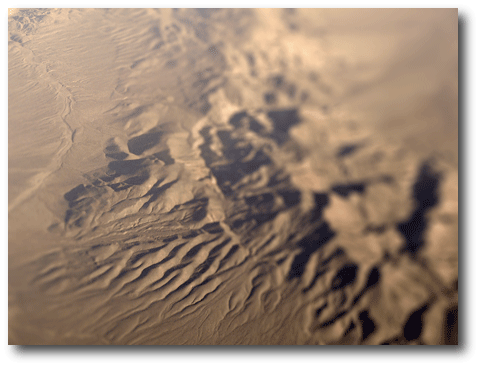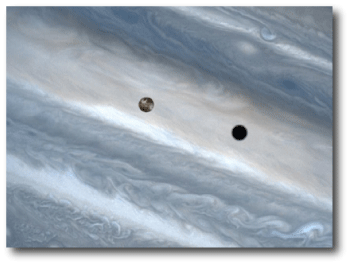
Sometimes, when I give a talk, I’m asked why the extrasolar planets don’t have evocative names.
Names and labels carry a heavy freight and they get people worked up. The agonized IAU deliberations vis-à-vis Pluto’s status as a plutoid or a planet or a dwarf planet constituted by far the biggest planet news of 2006, dwarfing, for example, the discovery of the triple Neptune system orbiting HD 69830. It’s unlikely that New Horizons would have gotten its congressional travel papers in order had Pluto been a plutoid right from the start.
When new comets and asteroids are discovered, their names generally follow on fairly quickly. Comets are bestowed with the name of the discoverer(s), and as a result, Dr. Hale and Mr. Bopp are entwined together in immortality. With asteroids, the discoverer gets the naming rights (subject to certain IAU rules), resulting in both some cool choices, (99942) Apophis, (3040) Kozai, as well as a Kilroy-was-here sloop of John B’s: (6830) Johnbackus, (20307) Johnbarnes, (4525) Johnbauer, (15461) Johnbird, (12140) Johnbolton, (16901) Johnbrooks, (11652) Johnbrownlee, (26891) Johnbutler, etc. etc.
Galileo, in sighting the moons of Jupiter, made the first telescopic discovery of solar system objects. Ever on the eye for an angle, he tried to increase his odds of patronage by naming his new moons “The Medicean Stars” in reference to Cosimo II de’ Medici, fourth Grand Duke of Tuscany. It’s now generally agreed that Mr. Medici, whatever his merits, was rather dramatically undeserving of the following accolades:
Serenissimo Grand Duke, “scarcely have the immortal graces of your soul begun to shine forth on earth than bright stars offer themselves in the heavens, which, like tongues [longer lived than poets] will speak of and celebrate your most excellent virtues for all time.”
Later in the seventeenth century, when Giovanni Cassini discovered Saturn VIII, V, III, and IV, he tried the same tactic. Three hundred and twenty two years later, his prose reads like a purple toad:
In the Conclusion, the Discoverer considers that the Antient Astronomers, having translated the Names of their Heroes among the Starrs, those Names have continued down to us unchanged, notwithstanding the endeavour of following Ages to alter them; and that Galileo, after their Example, had honoured the House of the Medici with the discovery of the Satellites of Jupiter, made by him under the Protection of Cosmus II; which Starrs will be always known by the Name of Sidera Medicea. Wherefore he concludes that the Satellites of Saturn, being much more exalted and more difficult to discover, are not unworthy to bear the Name of Louis le Grand, under whose Reign and in whose Observatory the same have been detected, which therefore he calls Sidera Lodoicea, not doubting but to have perpetuated the Name of that King, by a Monument much more lasting than those of Brass and Marble, which shall be erected to his Memory. [1]
In order to forestall just these sorts of embarrassments, the current IAU naming convention specifies that, the names of individuals or events principally known for political or military activities are unsuitable until 100 years after the death of the individual or the occurrence of the event.
The Medicean Stars are neither medicean nor stars, and so it’s not surprising that the name failed to stick. In 1847, the names of the Sidera Lodoicea were finally standardized to Iapetus, Rhea, Tethys, and Dione, all of which just sound right. It’s remarkable that nearly two hundred years elapsed before the final names were assigned.
At present, there’s no IAU sanction for naming extrasolar planets. Sometimes astronomers give it a go anyway, as seen here in the abstract for astro-ph/0312382:
Three transits of the planet orbiting the solar type star HD209458 were observed in the far UV at the wavelength of the HI Ly-alpha line. The planet size at this wavelength is equal to 4.3 R_Jup, i.e. larger than the planet Roche radius (3.6 R_Jup). Absorbing hydrogen atoms were found to be blueshifted by up to -130 km/s, exceeding the planet escape velocity. This implies that hydrogen atoms are escaping this “hot Jupiter” planet. An escape flux of >~ 10^10g/s is needed to explain the observations. Taking into account the tidal forces and the temperature rise expected in the upper atmosphere, theoretical evaluations are in good agreement with the observed rate. Lifetime of planets closer to their star could be shorter than stellar lifetimes suggesting that this evaporating phenomenon may explain the lack of planets with very short orbital distance.
This evaporating planet could be represented by the Egyptian God “Osiris” cut into pieces and having lost one of them. This would give us a much easier way to name that planet and replace the unpleasant “HD209458b” name used so far.
The name Osiris doesn’t seem to have caught on, perhaps because (5×10^9)(3.17×10^7)(1×10^10) is a good deal less than (1.4×10^30). Also, I’d tend to disagree that HD 209458b is “unpleasant”. A sequence of letters and numbers carries no preconception, underscoring the fact that these worlds are distant, alien, and almost wholly unknown — K2 is colder and more inaccessible than Mt. McKinley, Vinson Massif or Everest.
Ray Bradbury, in several of his stories, tapped into the profound significance of names. In the 2035-2036 section of The Martian Chronicles, he wrote:
The old Martian names were names of water and air and hills. They were the names of snows that emptied south in the stone canals to fill the empty seas. And the names of sealed and buried sorcerers and towers and obelisks. And the rockets struck at the names like hammers, breaking away the marble into shale, shattering the crockery milestones that named the old towns, in the rubble of which great pylons were plunged with new names: Iron Town, Steel Town, Aluminum City, Electric Village, Corn Town, Grain Villa, Detroit II, all the mechanical names and the metal names from Earth.
I think we’ll eventually reach the extrasolar planets, and in so doing, we’ll find out what their true names are.
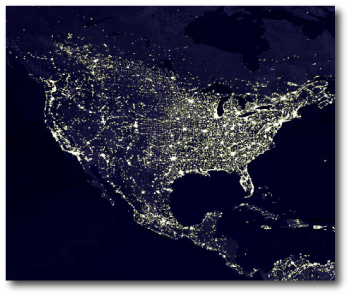
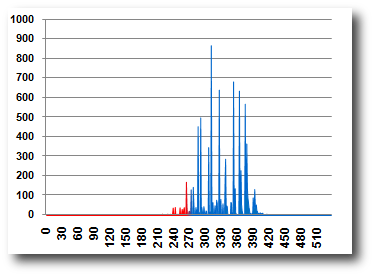


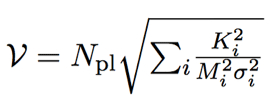
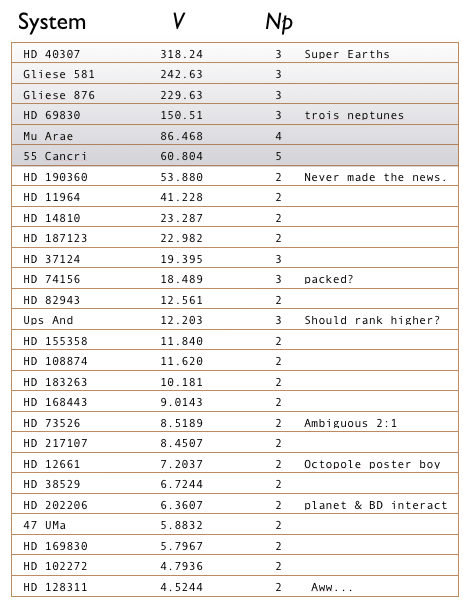

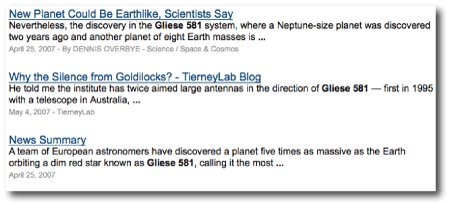
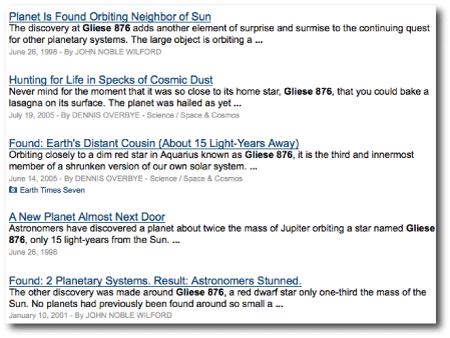


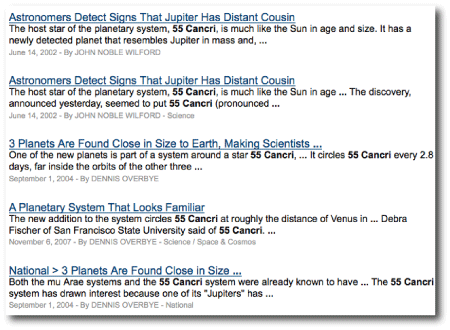


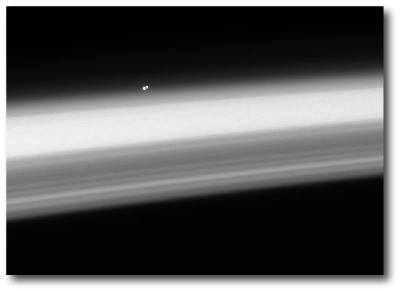
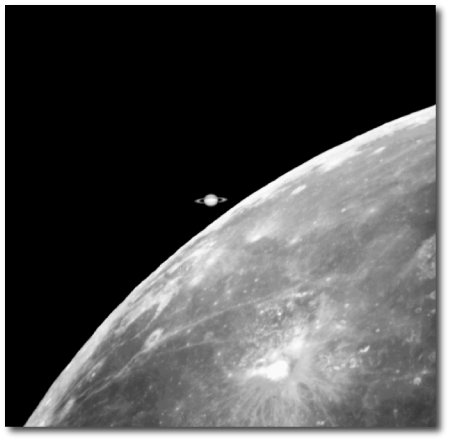

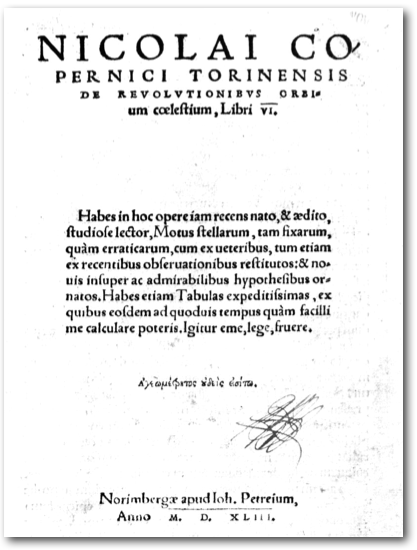
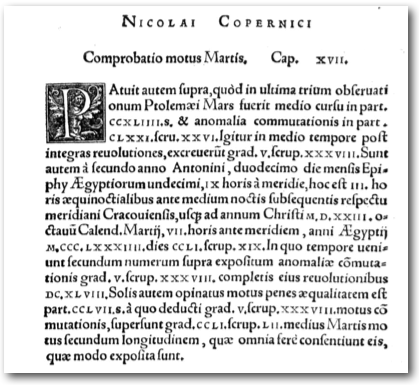
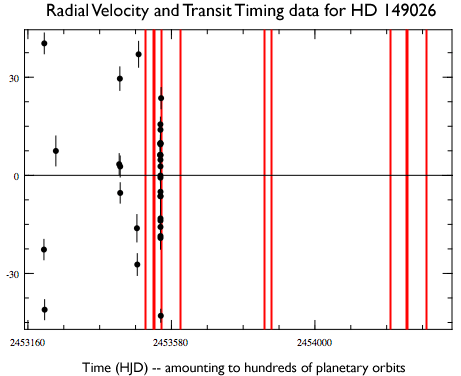




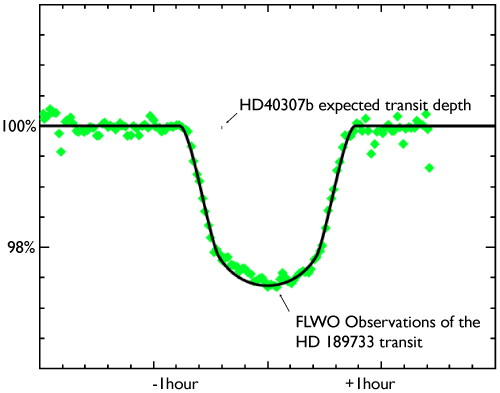
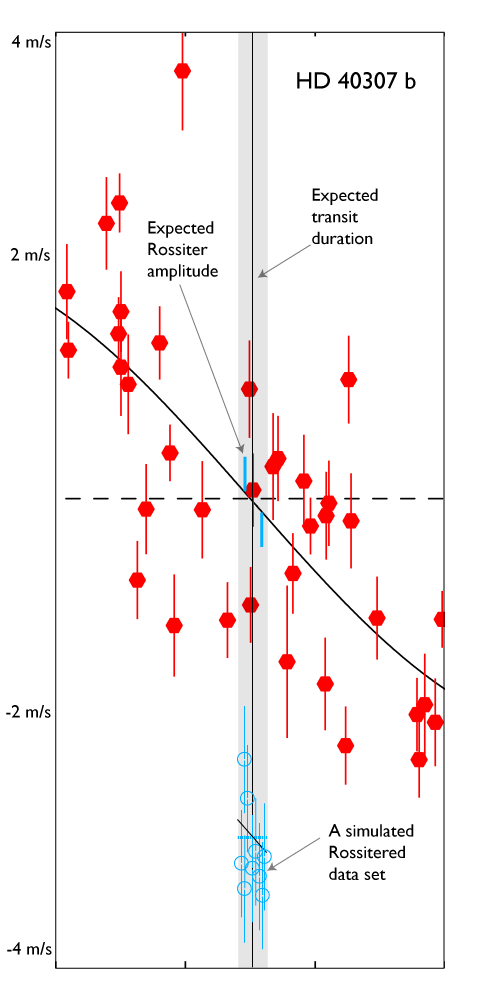 In this case, the economics are a bit steeper, but still viable. At the current dollar-euro exchange rate, I’d estimate that USD 15K is a fair price for a HARPS night. (Forgive all this yak yak about currency — as an American traveling in Europe at the moment, I’m rather shocked to be seeing $6.24 0.7l bottles of water at the airport newstand!). One would need 4 hours, or half a night to observe the transit and get adequate baseline. To be at least four-sigma sure, you’d want to rack up ~20 full transits (which would take quite a while). Factoring in the expectation value of 0.07 arising from the transit probability, this works out to a USD ~2M detection.
In this case, the economics are a bit steeper, but still viable. At the current dollar-euro exchange rate, I’d estimate that USD 15K is a fair price for a HARPS night. (Forgive all this yak yak about currency — as an American traveling in Europe at the moment, I’m rather shocked to be seeing $6.24 0.7l bottles of water at the airport newstand!). One would need 4 hours, or half a night to observe the transit and get adequate baseline. To be at least four-sigma sure, you’d want to rack up ~20 full transits (which would take quite a while). Factoring in the expectation value of 0.07 arising from the transit probability, this works out to a USD ~2M detection.